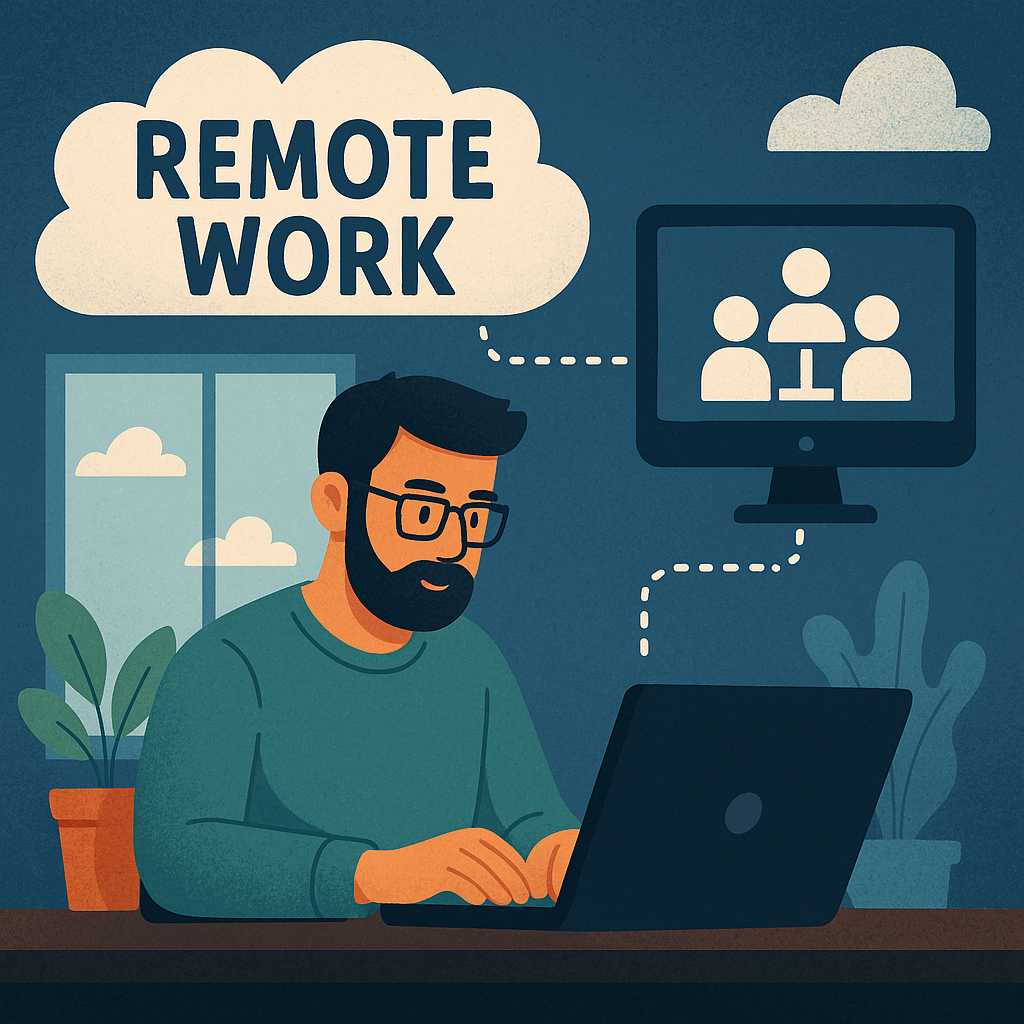Securing the Digital Nomad: Effective Strategies for Remote Work Cybersecurity
In an era where the line between home and office blurs, cybersecurity in remote work environments has never been more critical. The shift from traditional office setups to remote or hybrid models presents unique challenges and vulnerabilities. This post explores the intricacies of securing remote workspaces, outlining practical measures and strategies to protect both personal and corporate data.
Understanding Remote Work Security
Remote work security involves safeguarding data, networks, and systems used by remote employees from cyber threats and breaches. This includes protecting sensitive information accessible from locations outside the traditional office environment, often across multiple devices and platforms (Citrix).
Key Components of Remote Security
- Network Security: Ensures that the connections between remote devices and corporate networks are secure.
- Endpoint Security: Focuses on protecting devices that connect remotely to corporate networks.
- Identity and Access Management: Controls who accesses what information and from where.
The Top Risks of Remote Work
With the rise of remote work, new vulnerabilities have emerged. As reported by SentinelOne, there are at least 18 recognized risks that specifically target remote work environments (SentinelOne). These risks range from phishing attacks targeting remote workers to the insecure use of personal devices for work tasks.
Examples of Remote Work Incidents
Real-world examples illustrate these risks. For instance, companies have reported breaches resulting from compromised VPNs used by remote workers. These incidents highlight the necessity for robust security measures tailored to remote work conditions.
Best Practices for Remote Work Cybersecurity
Following specific best practices can significantly mitigate these risks:
- Implement strong VPNs: Ensure all remote connections are secured through reliable and updated Virtual Private Networks (VPNs).
- Use approved devices: Employ devices that are approved and managed by the organization to reduce the likelihood of breaches (NCDIT).
- Regular security training: Keep employees informed about the latest cybersecurity threats and safe practices.
Emerging Technologies and Tools for Enhancing Remote Work Security
Technologies such as cloud security platforms, multi-factor authentication, and endpoint detection and response (EDR) systems are becoming quintessential for securing remote work infrastructures. Learning platforms like TryHackMe and cybersecurity solutions like Microsoft Sentinel/Defender XDR are recommended for keeping skills sharp and defenses up-to-date (Reddit).
Takeaway
The transition to remote work is not just a logistical shift but also a significant cybersecurity pivot. Employers and employees must partner to fortify their defenses against these evolving threats. By adopting comprehensive security measures and staying informed about potential risks, organizations can safeguard their operations from cyber threats in the digital nomad age.
